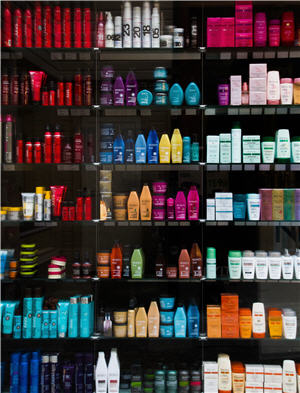Types of Moisturizers: Everything You Need to Know
Who Needs To Moisturize?

Moisturizers: It’s Important to Separate Fact from Friction
My wife´s bathroom shelves by Sten Dueland, CC BY 2.0
Basically anyone who has dry skin, and most often, that means older adults.
Why Moisturize?
Moisturized skin feels better and looks better than dry skin because it is more smooth, flexible and pliable.
Health Benefits of Moisturized Skin
One of the main functions of the skin is to act as a barrier to protect against infection, dry skin, chemical exposure, and mechanical injury. Compromises in this barrier can lead to conditions like atopic dermatitis and other chronic skin diseases. Many skin conditions are preceded by prolonged dry skin.
How Do Moisturizers Work?
Moisturizers work in two ways: 1) first they improve skin hydration by increasing the amount of water in the skin and 2) they create a “protective” or occlusive barrier on the surface of the skin to prevent water evaporating from the epidermis layer.
The main ingredient for improving skin hydration is glycerin, a humectant type of compound that attracts and binds water in the upper layers of the epidermis and makes the stratum corneum (the visible surface of your skin) more flexible.
The main ingredients for keeping for skin hydrated are various types of lipids that create an occlusive barrier to keep water from evaporating from the skin. These ingredients include certain plant oils, petrolatum, and mineral oil.
Today’s Moisturizers do Way More than just Moisturize – Two Main Types of Moisturizers
Most moisturizers also contain ingredients that help improve the appearance of the skin in other ways. Perhaps the most important ingredients are the exfoliants alpha hydroxy acids (AHAs) and and beta hydroxy acids (BHAs).
These two exfoliants improve the appearance of the skin by removing dead surface skin cells. This makes more visible newer skin cells that make the skin appear clearer. In addition to giving the skin a newer, fresher look, AHAs can brighten the skin by evening out discoloration from too much sun exposure. Exfoliants can be particularly useful for aging skin that doesn’t replace dead surface skin cells with new cells as easily as younger skin does; exfoliants can help restore this natural skin rejuvenation process.
AHAs come from fruit (e.g., citrus) and are labeled as either glycolic acid, lactic acid, malic acid, hydroxycaprylic acid, alphahydroxyoctanoic acid, triple fruit acid, or sugar cane extract.
While most moisturizers contain a safe amount of AHA, you should double check that you’re not getting an AHA concentration of more than 10%; additionally, it should have a pH of 3.5 or more. Finally, to protect the new skin cells, you’ll want to use sunscreen each day.
Beta hydroxy acids (BHAs) are salicylic acids, a close relative of aspirin. Salicylic acids work in the same way as AHAs, but they’re more effective than AHAs on oily skin.
Most moisturizers do not list the concentration of BHAs, so the FDA recommends that you first test an area of skin to make sure a particular product’s BHA concentration won’t irritate you. And, again, you’ll want to use a good sun screen in conjunction with BHA products.
In part II of this post, “What are the Best Moisturizers for the Face?,” well look at some of the more esoteric and controversial ingredients in some moisturizers, and we’ll tell you which products you’ll want to avoid.
